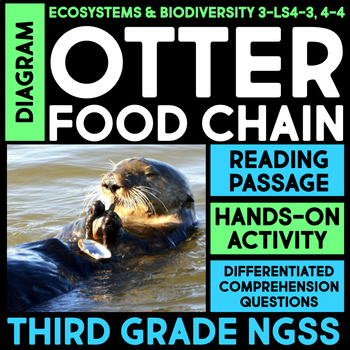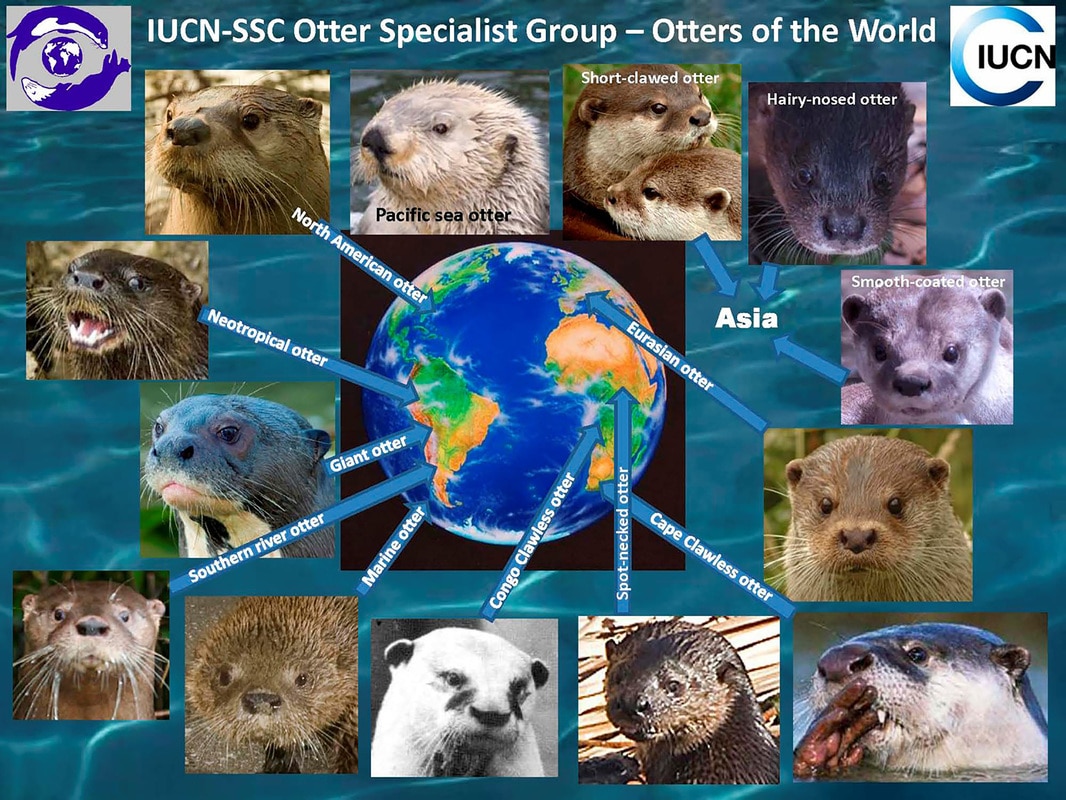River Otter Food Chain Biology Diagrams
River Otter Food Chain Biology Diagrams River otters occupy a fascinating and important niche within their ecosystems. The short answer to where they sit on the food chain is this: River otters are primarily tertiary consumers, often functioning as near-apex predators in their environments. The North American river otter (Lontra canadensis) is a semi-aquatic mustelid endemic to North America, an apex predator, and a sentinel for environmental contamination (Kruuk, 2006; Larivière and Walton, 1998). However, very little is known about the current status, distribution, and ecology of river otters in the San Francisco Bay Area (SFBA).

Trophic levels represent where an organism stands in the food chain. There are 4 trophic levels: producer, primary consumer, secondary consumer, and tertiary consumer. A producer is an autotroph like Otters (both sea and river otters) play a notable role in the animal food chain. In their role as predators, otters help regulate the local population of the organisms they consume. FOOD CHAIN OF A RIVER OTTER DECOMPOSER MAGGOTS PRODUCER FRESH WATER KELP energy transfer energy transfer CONSUMER BASS energy tranfer energy transfer energy transfer

The Environmental Literacy Council Biology Diagrams
Giant Otters: The Dominant Force in Riverine Ecosystems The Top of the Food Chain Unlike river otters, giant otters are clearly designated as apex predators in their riverine ecosystems. Their population health is considered an indicator of the river's overall health. They primarily feed on fish, including cichlids, perch, characins (such as piranha), and catfish. Giant otters are formidable River otters belong to the weasel family. Amphibious, muscular river otters swim gracefully and quickly underwater to catch prey, and they can run on land. The river otter food chain includes many types of fish, mollusks, crustaceans, aquatic plants and roots, eggs, and some small mammals and birds.

Food/Eating Habits River otters eat mostly aquatic organisms, including fish, frogs, crayfish, turtles, insects and some small mammals. They hunt singly or in pairs and although otters generally forage in water, they are equally at home on land, sometimes traveling between 10 and 18 miles (16 and 29 kilometers) in search of food.
